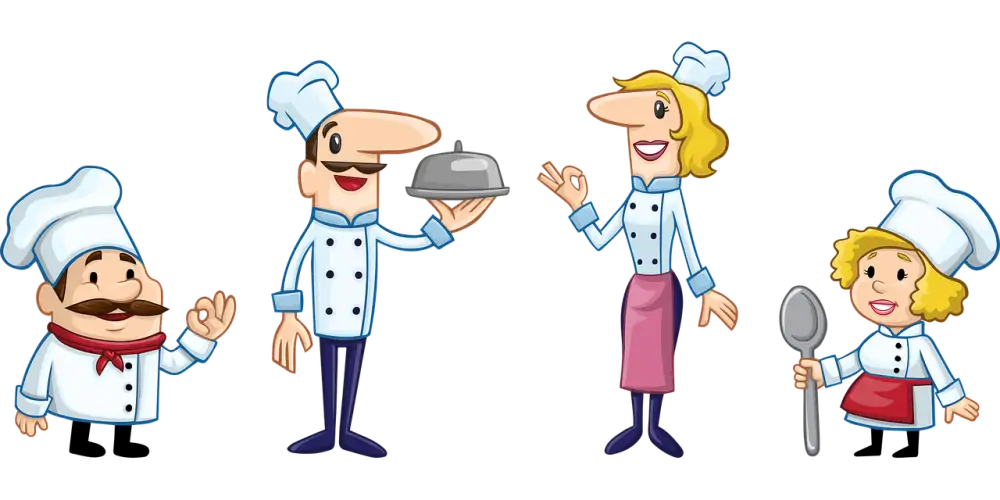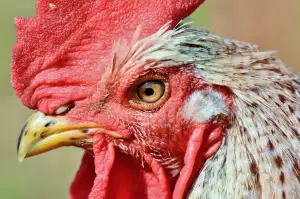Perfectly Cooked Prime Rib: Mastering the Art of Cooking Time

Prime rib is a cut of beef that is known for its tenderness, juiciness, and rich flavor. It is often considered the king of roasts and is a popular choice for special occasions and holiday feasts. This succulent piece of meat comes from the rib section of the cow, specifically from ribs 6 to 12. The marbling of fat throughout the meat gives it its exceptional taste and texture. When cooked to perfection, prime rib is melt-in-your-mouth delicious and sure to impress any meat lover. However, achieving that perfect level of doneness requires mastering the art of cooking time.
Factors Affecting Cooking Time
Several factors can affect the cooking time of prime rib. The most significant factor is the size and weight of the roast. A larger roast will require more time to cook compared to a smaller one. Additionally, the thickness and marbling of the meat can also impact cooking time.
Another crucial factor is the desired level of doneness. If you prefer a rare or medium-rare prime rib, it will require less cooking time compared to a well-done roast. The internal temperature of the meat plays a vital role in determining its doneness.
Furthermore, the starting temperature of the meat can affect cooking time as well. If you take the prime rib straight from the refrigerator, it will take longer to cook evenly throughout. It is recommended to let the roast sit at room temperature for about an hour before cooking.
Lastly, individual ovens may vary in terms of heating efficiency and accuracy. It's essential to know your oven well and make any necessary adjustments accordingly.
Considering these factors will help you determine the optimal cooking time for your prime rib and ensure that it turns out perfectly cooked every time.
Recommended Cooking Time for Prime Rib
Cooking time is a crucial factor in achieving the perfect prime rib. The general rule of thumb is to cook the prime rib for 15 minutes per pound at a temperature of 325°F (163°C) for medium-rare doneness. However, this can vary depending on the size and thickness of the roast.
For a more precise cooking time, it is recommended to use a meat thermometer. Insert the thermometer into the thickest part of the roast, making sure it doesn't touch any bones. The internal temperature should reach 135°F (57°C) for medium-rare, 145°F (63°C) for medium, and 160°F (71°C) for well-done.
Keep in mind that these cooking times are just guidelines and may need to be adjusted based on personal preference and the desired level of doneness. It's always better to slightly undercook the prime rib as it will continue to cook while resting.
By following these recommended cooking times, you can ensure that your prime rib turns out tender, juicy, and perfectly cooked every time.
Cooking Temperatures for Different Levels of Doneness
Achieving the perfect level of doneness is crucial when cooking prime rib. The internal temperature of the meat determines whether it will be rare, medium-rare, medium, or well-done. Here are the recommended cooking temperatures for each level:
1. Rare: For a juicy and tender center with a deep pink color, cook the prime rib to an internal temperature of 120-125°F (49-52°C).
2. Medium-Rare: This is the most popular level of doneness as it offers a balance between tenderness and flavor. Cook the prime rib to an internal temperature of 130-135°F (54-57°C).
3. Medium: If you prefer a slightly more cooked prime rib with a hint of pink in the center, aim for an internal temperature of 140-145°F (60-63°C).
4. Well-Done: For those who prefer their meat fully cooked without any pinkness, cook the prime rib to an internal temperature of 150°F (66°C) or higher.
Remember that these temperatures are just guidelines and personal preferences may vary. It's important to use a reliable meat thermometer to ensure accuracy and avoid overcooking or undercooking your prime rib.
Tips for Achieving Perfectly Cooked Prime Rib
To achieve perfectly cooked prime rib, follow these tips:
1. Bring the meat to room temperature before cooking. This ensures even cooking throughout.
2. Season the prime rib generously with salt and pepper, or your favorite rub, at least an hour before cooking. This allows the flavors to penetrate the meat.
3. Use a meat thermometer to monitor the internal temperature. For medium-rare, aim for 135°F (57°C), while medium is around 145°F (63°C). Avoid overcooking to maintain juiciness.
4. Preheat your oven to a high temperature, around 450°F (232°C), then reduce it to 325°F (163°C) once you put in the prime rib. This creates a nice sear on the outside while keeping the inside tender.
5. Consider using a roasting rack to elevate the prime rib off the pan, allowing air circulation for more even cooking and browning.
6. Baste the prime rib with melted butter or beef drippings during cooking to enhance flavor and keep it moist.
7. Let the prime rib rest for about 15-20 minutes after removing it from the oven. This allows the juices to redistribute, resulting in a more tender and flavorful roast.
By following these tips, you'll be well on your way to mastering the art of cooking perfectly tender and delicious prime rib every time!
Resting and Carving the Prime Rib
Once the prime rib is cooked to perfection, it is crucial to let it rest before carving. This allows the juices to redistribute and ensures a moist and tender final result. Letting the meat rest for about 15-20 minutes will make a significant difference in the overall taste and texture.
During this resting period, cover the prime rib loosely with aluminum foil to keep it warm. This will also prevent any moisture from escaping. While it may be tempting to dive right into slicing, resist the urge! Patience is key here.
When it's time to carve, use a sharp carving knife or an electric knife if you prefer. Begin by cutting along the bones to separate them from the meat. Then, slice against the grain into desired thickness. For medium-rare doneness, aim for slices that are about 1/2 inch thick.
Remember to carve only what you plan on serving immediately. Leaving the whole prime rib out for too long can cause it to cool down and lose its juiciness. If you have leftovers, store them properly in an airtight container in the refrigerator.
By mastering the art of resting and carving your prime rib, you'll ensure that each slice is succulent and bursting with flavor. So take your time, savor every moment, and enjoy this culinary masterpiece with your loved ones!
Serving Suggestions and Pairings for Prime Rib
When it comes to serving prime rib, simplicity is key. Let the rich flavors of the meat shine by keeping the accompaniments minimal. A classic pairing is a horseradish sauce, which adds a tangy kick that complements the richness of the prime rib.
For a side dish, consider serving creamy mashed potatoes or roasted vegetables. The creamy texture of the potatoes balances out the meat's richness, while roasted vegetables add a burst of freshness and color to the plate.
Elevating the Experience
To elevate your prime rib experience, consider offering a selection of artisanal mustards or flavored butters. These condiments can enhance different aspects of the meat's flavor profile and provide guests with options to customize their dining experience.
Perfect Pairings
Wine
For wine pairings, opt for a full-bodied red like Cabernet Sauvignon or Merlot. The robust flavors of these wines complement the boldness of prime rib and create a harmonious balance on your palate.
Beer
If you prefer beer, choose a malty ale or stout that can stand up to the meat's intensity. The caramel notes in these beers complement the caramelized crust on the prime rib, enhancing its overall taste.
Presentation Matters
Remember to serve prime rib hot and carve it at the table for an impressive presentation. This allows guests to see and appreciate the perfectly cooked interior as they are served.
Cooking to Perfection
Cooking prime rib to perfection requires a delicate balance of time, temperature, and technique. By understanding the factors that affect cooking time and following the recommended guidelines, you can achieve a perfectly cooked prime rib every time.
Remember to consider the size and weight of your prime rib when determining cooking time. Use a meat thermometer to ensure accurate internal temperatures for different levels of doneness. And don't forget to let your prime rib rest before carving to allow the juices to redistribute and create a tender, juicy roast.
Unleash Your Culinary Creativity
With these tips in mind, you are well on your way to becoming a master at cooking prime rib. Impress your guests with this show-stopping centerpiece, paired with delicious sides and a glass of red wine. So go ahead, unleash your culinary creativity and enjoy the art of cooking prime rib!
Published: 20. 11. 2023
Category: Food



